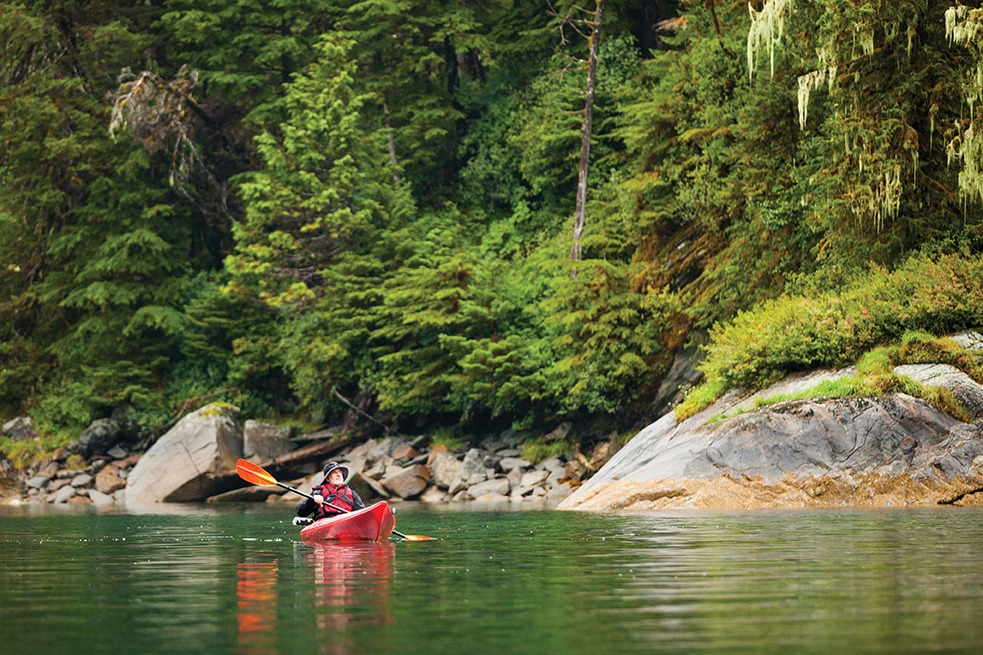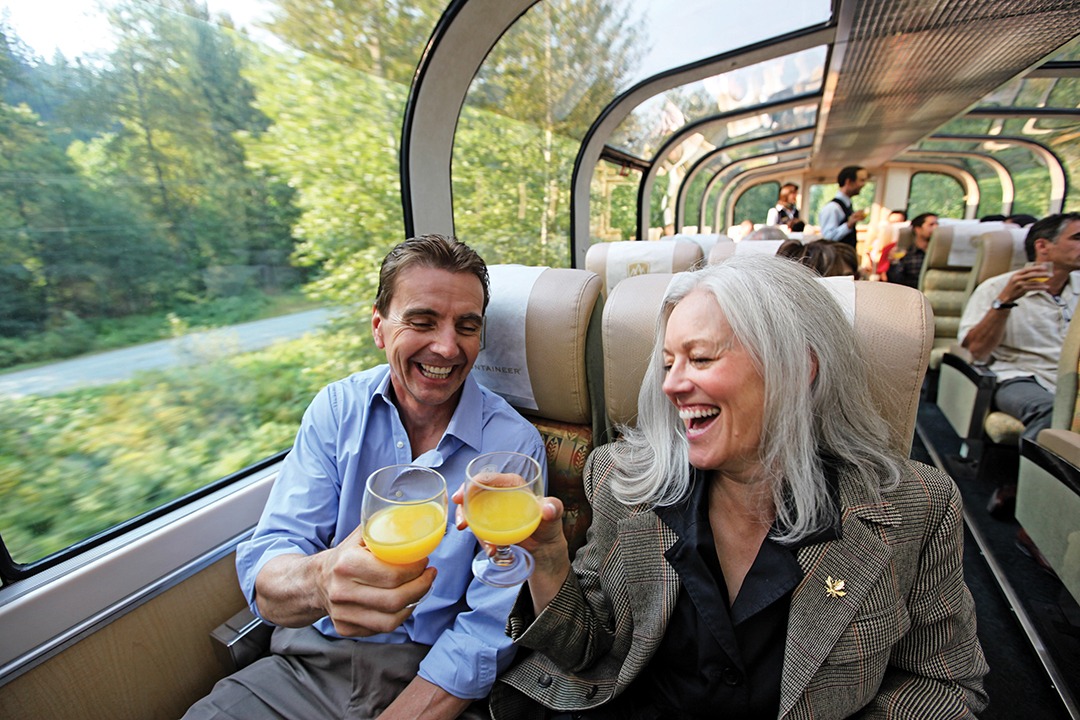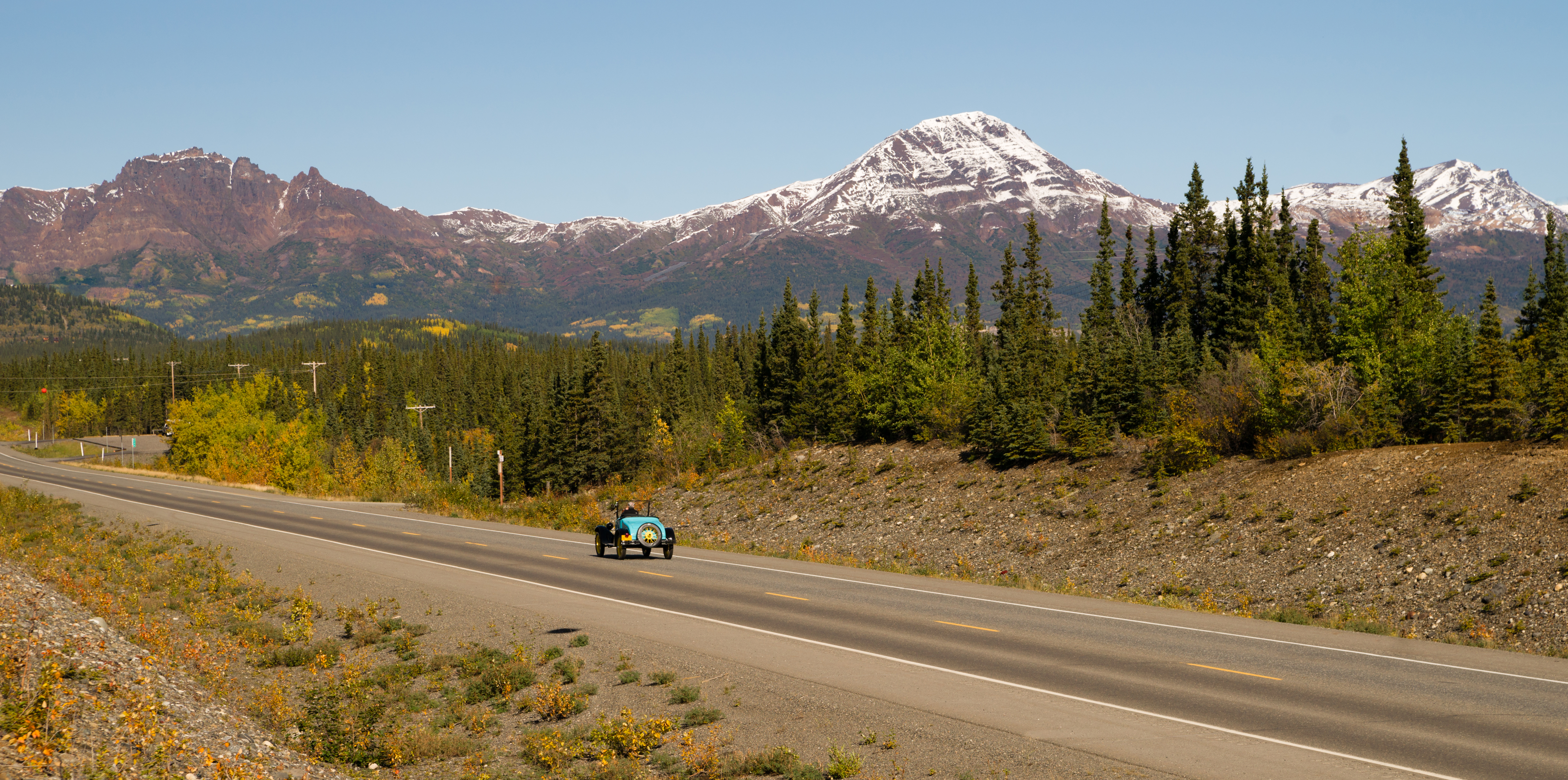
Fishing Alaska’s Panhandle is a Dream Summer Road Trip
Travelers all over the country are rediscovering the quintessential American road trip this year, and many are deciding that now is the time to enjoy the adventure of their dreams and hit the Alaska-Canadian Highway. With the great state of Alaska as their final destination, they’ll see spectacular scenery, abundant wildlife, and probably redefine their personal definitions of the term “unspoiled wilderness.” However, the majority of Alaska cannot be accessed by traditional roadways, and this includes the panhandle. Southeast Alaska is composed of islands, some of them completely uninhabited, and the communities that exist are connected by a waterway known as the Inside Passage, which serves as a route for cruise ships, freight barges, commercial fishing boats, private yachts, and the ferries that are used by the Alaska Marine Highway.
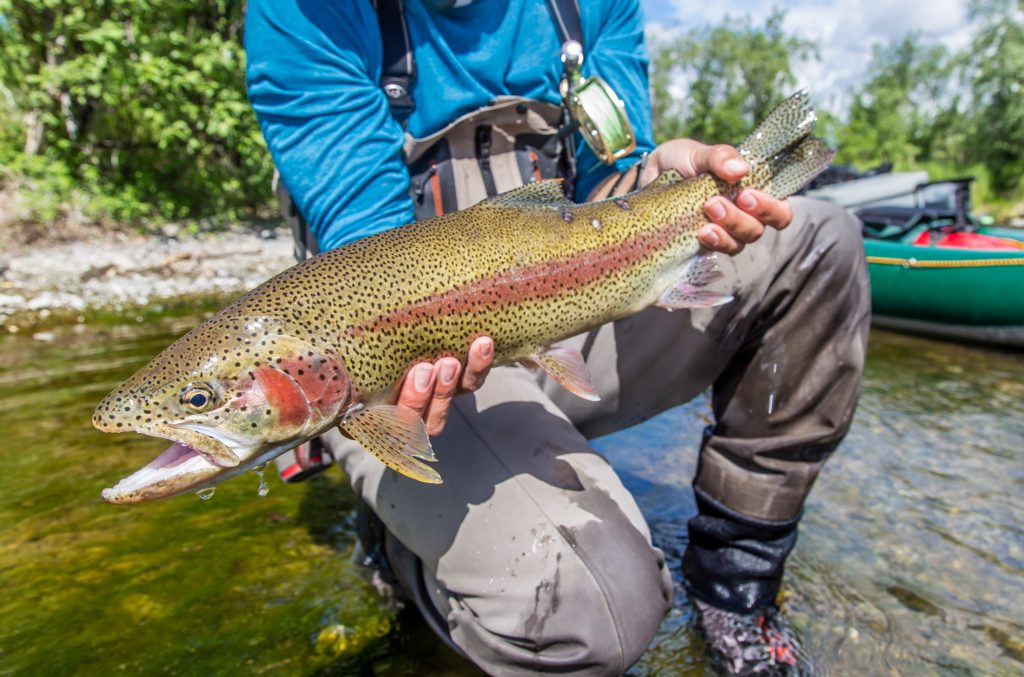
What will you catch in Alaska?
Headquartered in Ketchikan, Alaska, the Alaska Marine Highway offers basic transportation for residents and visitors of the Last Frontier. Its vessels run from Ketchikan up to Skagway, stopping in Wrangell, Petersberg, Sitka, Juneau, and Haines along the way and are often described by locals as resembling cruise ships without the frills. Certain Southeast Alaska communities, such as Prince of Wales Island, have their own ferry service that takes passengers back and forth from area hubs. Everyone from local sports teams to adventurous RV travelers use the Alaska Marine Highway, and it’s the only way to enjoy a summer road trip on the Alaska panhandle. Visitors have the choice of taking their own vehicles on the ferry or renting a car once they arrive at their destination. Although it’s not possible to drive between major panhandle communities, you’ll need to be able to get around once you’re there.
Following are several questions commonly asked by those contemplating a summer road trip to Southeast Alaska.
What Are the Ferries Like?
As mentioned, the ferries are somewhat like cruise ships without the bells, whistles, and other fancy frills. Small staterooms are available, and there’s a basic onboard eatery that serves cafeteria-style meals at set times. The exquisite scenery more than makes up for the lack of scheduled entertainment — you’ll glide past forested islands where no humans ever lived, watch pods of orcas dance among the pristine waves, and savor the long, lingering sunsets provided by this region’s unique angle to the summer sun. You’ll also see salmon jumping in every direction you look.
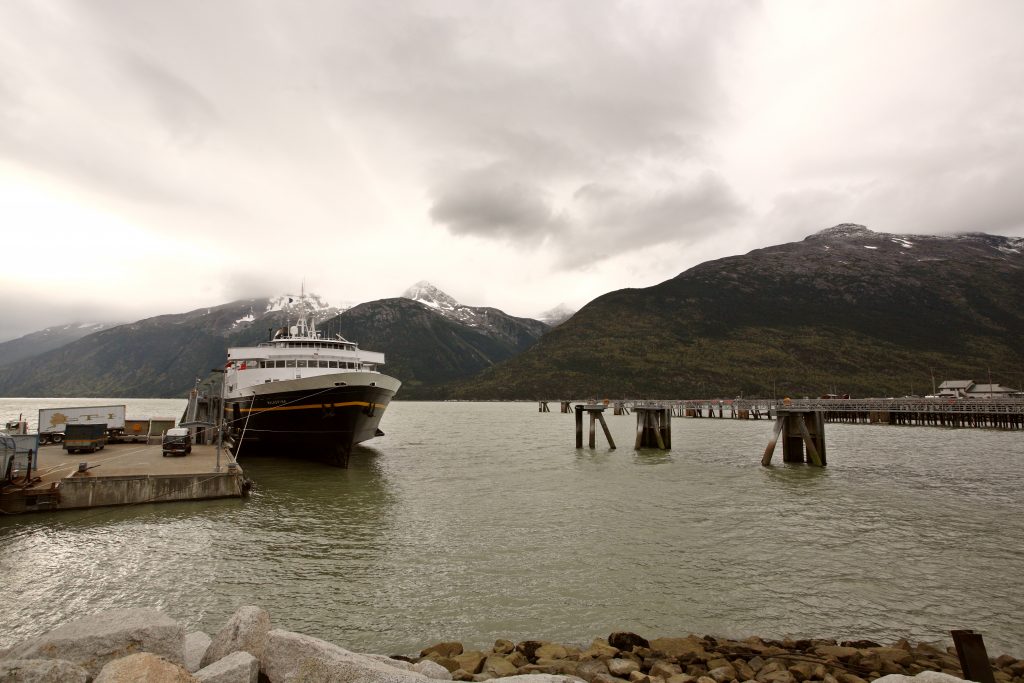
Ferry at dock at Skayway, Alaska
When Do the Salmon Run?
The streams and rivers of Southeast Alaska provide spawning grounds to five species of Pacific salmon. They are king, sockeye, coho, chum, and pink salmon, with kings, sockeye, and coho being the most sought after species for sports fishermen. King salmon come first, beginning their return to their spawning grounds in May, followed by sockeye, pinks, and chum, with silvers putting on a grand finale to salmon fishing season. In most Fish and Game Districts in Southeast Alaska, sports fishing starts around the first week in May and runs through September. You can also go bottom fishing on the ocean for halibut, rockfish red snapper,, and ling cod. The best way to ensure that you come home with plenty of tasty seafood for your family table is to hire an experienced fishing guide, especially if you plan on doing any ocean fishing.
Where Can Visitors Fish?
Southeast Alaska has something to match everyone’s fishing style. If you’re the oceangoing type, fishing charters where experienced guides take you to the best local fishing grounds are available. If angling in wild rivers and streams is more your speed, you’ll be able to do that as well. Whatever you choose, keep in mind that the State of Alaska has strict requirements for out-of-state fishermen, and you’ll need to ensure that you have the proper license. These are easily obtainable in any Southeast Alaska community, but for maximum convenience, purchase one online from the Alaska Department of Fish & Game prior to your trip.
Where Can Visitors Stay?
With the variety of stops on the Alaska Marine Highway, visitors have their choice of accommodations and community environment. You can stay in a city with modern amenities and enjoy luxuries such as lavish accommodations and expertly prepared meals, stay in a rustic Forest Service cabin and cook over a campfire, or a customized experience somewhere in the middle. No matter where you decide to stay while visiting the Alaska panhandle, you won’t be far from the fishing grounds. Because this is expected to be a light year for tourism, you’ll also enjoy a less crowded playing field when it comes to accommodations, restaurants, and retail outlets — and best of all, there will be more fish for you to catch.
The Alaska Marine Highway also runs from Southcentral Alaska down through the Aleutian chain of Southwest Alaska, but Alaska is such a vast state that it’s best to explore it one section at a time. Not only will you have a richer, less rushed experience with this approach, but it also gives you a reason to return.


